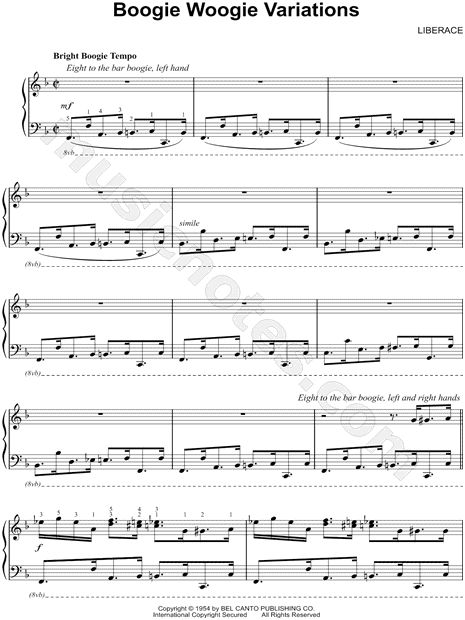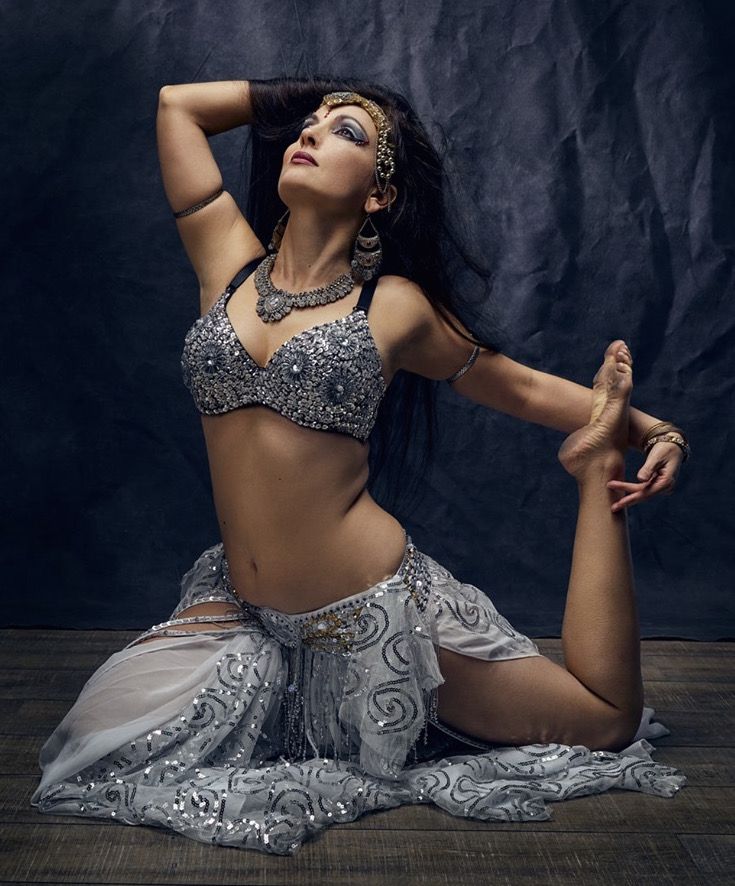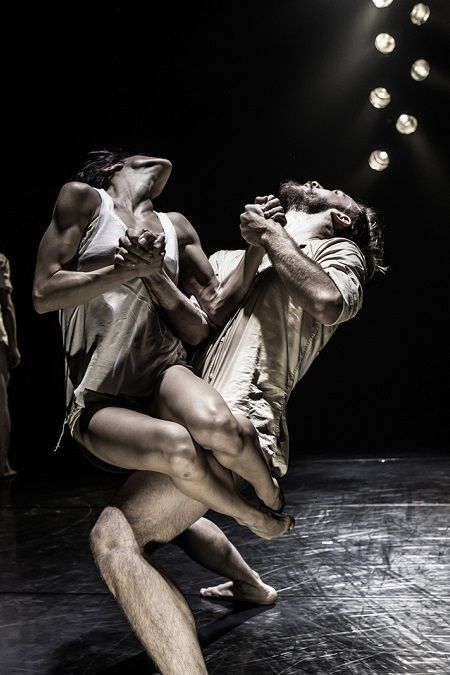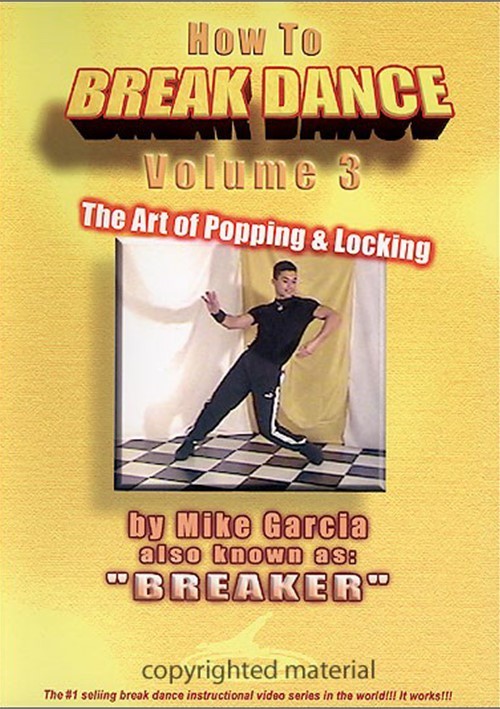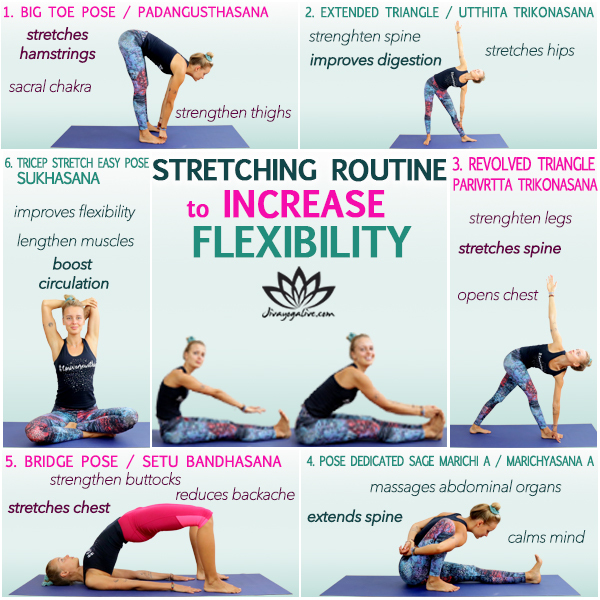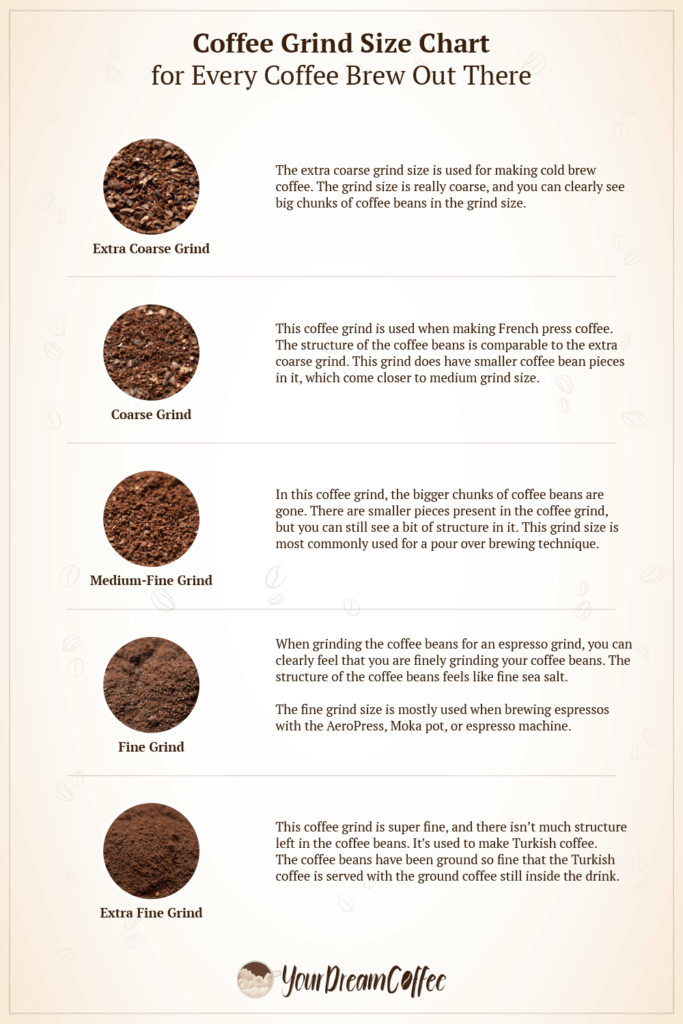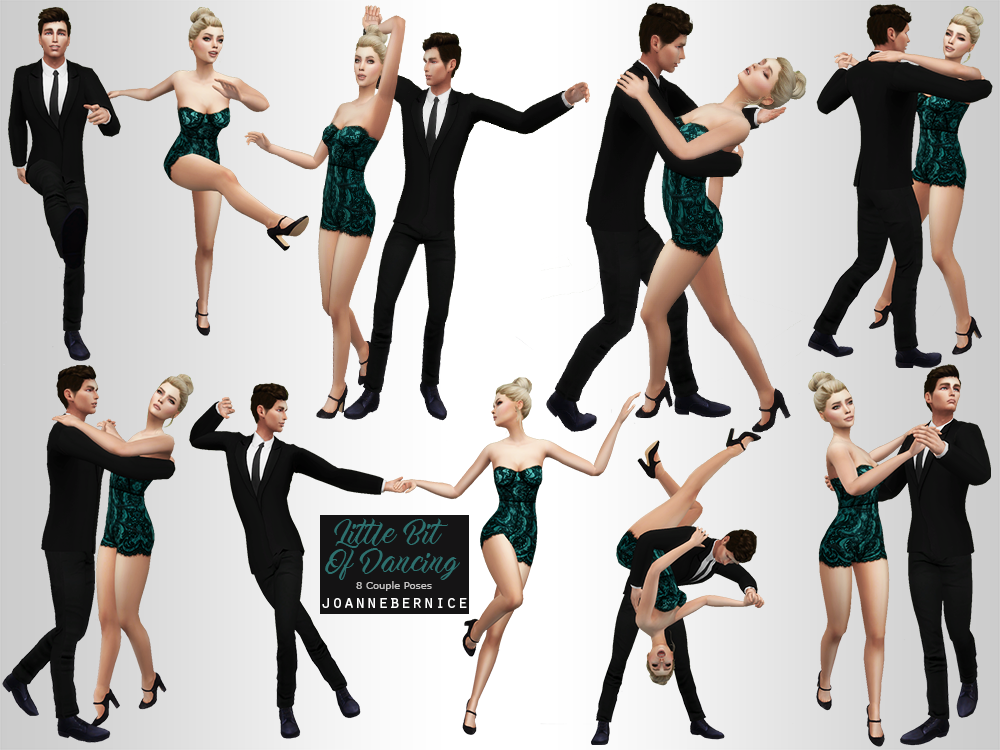How to dance boogie woogie for beginners
Dance at home with Nils & Bianca
Skip to contentDance at home with Nils & Biancanilsbianca20192022-04-07T23:17:45+02:00
“A digital way to practice from home with us”
Dance at Home with Nils and Bianca is digital way to practice your dance from home with us. We offer online classes of all kinds. Anything from a beginner course, personal coaching, competition feedback to new moves and variations. It’s good for anybody that doesn’t want to commit to a monthly online course and prefer to buy the online classes and get them all at once.
We would be very happy if you joined in, everybody is welcome! If you have any creative ideas please send us an email at [email protected] and we will take them in consideration.
“Should I solo routine”
“News!”
This is a routine we choreographed to one of our favorite Louis Prima songs with some inspiration from the amazing soft shoe tap duo Coles&Atkins. We truly hope you enjoy it as much as we did. Find it on our YouTube channel if you want to see how it looks!
Levels: open
“GIFT VOUCHER!”
“News!”
They will be able to choose between all the different options that Dance at Home with Nils and Bianca offers. You can choose between the 20 €, 40 €, 50 €, 80 € or 100 € voucher
“One move at a time”
Lindy Hop and Solo Jazz
If you choose this option you will get:
One solo jazz move that you can use as a warm up if you wish
One move for your Lindy Hop
A music playlist for practicing the new moves
This is a good option for dancers that do not want to commit to an entire month of classes, but prefer to add something to their repertoire every now and then. You can of course choose this option several times and you will get new steps.
You can of course choose this option several times and you will get new steps.
Levels: you can choose between beginner, intermediate and advanced.
“8 eights at a time”
Lindy Hop
If you choose this option you will get:
A Lindy hop 8 eights sequence that will include lead and follow concepts, individual variations you can add in your social dancing and musicality
A music playlist for practicing the new moves
This is a good option for dancers that do not want to commit to an entire month of classes, but prefer to add something to their repertoire every now and then. You can of course choose this option several times and you will get a new 8 eights sequence.
Levels: intermediate and up.
Fourth sequence available from November 10th
“8 eights at a time”
Boogie Woogie
If you choose this option you will get:
A Boogie Woogie 8 eights sequence that will include lead and follow concepts, individual variations you can add in your social dancing and musicality
A music playlist for practicing the new moves
This is a good option for dancers that do not want to commit to an entire month of classes, but prefer to add something to their repertoire every now and then.
Levels: intermediate and up.
“Personal coaching”
Not available
Lindy Hop and Boogie Woogie
If you choose this option you will get:
One scheduled call or video chat with us where we can talk about your goals and expectations from the private lesson. You will get analysis and personal feedback on videos. You can get one additional feedback after you practiced.
This option is good for dancers that are willing to work on their own dancing, improving their technique, quality of movements and musicality.
Levels: all levels.
“Decide the topic of your class”
Not available
Lindy Hop and Boogie Woogie
If you choose this option you will get:
Pick one or two specific subject/concept/move you would like to work on and we will tailor a personal class for you.
This option is good for anybody that wants to learn something specific but haven’t found the way yet.
Levels: all levels.
“Solo Lindy Hop practice”
you can choose between:
-follower’s practice
-leader’s practice
If you choose this option you will get:
a solo follower or leader practice. It will start with a warm up, it will have some technique, styling and footwork variations.
a music playlist for your practice
This is a good option for dancers that want to keep practicing Lindy Hop but don’t have a partner at the moment.
level: beginner and up.
“Lindy Hop beginner class”
Not available
If you choose this option you will get:
A full beginner course with all the basics and fundamentals of Lindy Hop
A music playlist for your practice
This option is for anybody with dance experience or not. Maybe you never tried out Lindy Hop but you love the music or you are already a dancer and have seen Lindy Hop and wonder how it works! THIS IS FOR YOU!
level: all levels .
“Contest feedback”
Lindy Hop
If you choose this option you will get:
Instructional feedback based on your competition video/videos.
 You will get advice and ways to deal with a competition and the preparation behind it
You will get advice and ways to deal with a competition and the preparation behind itThis is for anybody that have participated in contests or would like to but don’t really know how. Anybody from professional level to amateur can sign up!
Levels: all levels.
“Boogie Woogie beginner class part 1”
Boogie Woogie
If you choose this option you will get:
A full beginner course with all the basics and fundamentals of Boogie Woogie
A music playlist for your practice
This option is for anybody with dance experience or not. Maybe you never tried out boogie woogie but you love 50’s Rock’n’roll music, 40’s rhythm and blues, piano boogie woogie, early soul music. Or you are already a dancer and have seen boogie woogie dance on competitions and wonder how it looks on the social dance floor. THIS IS FOR YOU!
Levels: all levels.
“Boogie Woogie beginner class part 2”
Boogie Woogie
If you choose this option you will get:
The second part of the Boogie Woogie beginner course.
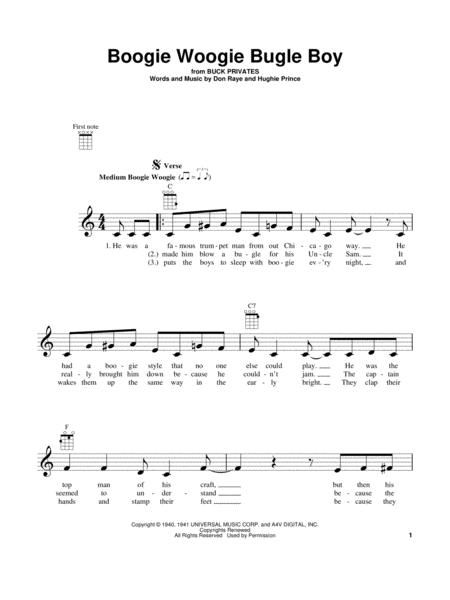 More basic figures and basic variations.
More basic figures and basic variations.A music playlist for your practice
This option is for anybody with dance experience or not. Maybe you never tried out boogie woogie but you love 50’s Rock’n’roll music, 40’s rhythm and blues, piano boogie woogie, early soul music. Or you are already a dancer and have seen boogie woogie dance on competitions and wonder how it looks on the social dance floor. THIS IS FOR YOU!
Levels: all levels.
“Dance Annette fast feet”
Solo Routine
If you choose this option you will get:
A solo routine choreographed to the song Dance Annette by Annette Funiciello. We will take it slow in the beginning and then we will speed it up! Accept the challenge!
The link to the song
Levels: intermediate and up.
Fill in the form to sign up
Your Name (required)
Your Email (required)
Subject
Choose the video you want to buy
---Should I solo routine 50€Gift voucher 20€“Gift voucher 40€“Gift voucher 50€“Gift voucher 80€“Gift voucher 100€“One move at a time” - Beginner -LINDY HOP AND SOLO JAZZ 10€“One move at a time” - Intermediate -LINDY HOP AND SOLO JAZZ 10€“One move at a time” - Advanced -LINDY HOP AND SOLO JAZZ 10€“8 eights at a time” (first sequence) LINDY HOP 20€“8 eights at a time” (second sequence) LINDY HOP 20€“8 eights at a time” (third sequence) LINDY HOP 20€“8 eights at a time” (fourth sequence) LINDY HOP 20€“Personal coaching” LINDY HOP and BOOGIE WOOGIE 80€“Decide the topic of your class” LINDY HOP and BOOGIE WOOGIE 40€“Solo Lindy Hop practice” FOLLOWER - LINDY HOP 40€“Solo Lindy Hop practice” LEADER - LINDY HOP 40€“Contest feedback” LINDY HOP 40€“Boogie Woogie beginner class part 1” BOOGIE WOOGIE 50€“Boogie Woogie beginner class part 2” BOOGIE WOOGIE 50€“Dance Annette fast feet” SOLO ROUTINE 50€“8 eights at a time” BOOGIE WOOGIE 20€
Your Message
Once you signed up you will get an email from us with the payment information. Once the payment is done you will receive all the material or if you choose the personal coaching you will receive the available times for the first chat.
Once the payment is done you will receive all the material or if you choose the personal coaching you will receive the available times for the first chat.
Acceptance (required)
I hereby confirm that I will not upload any of the material videos to any social network or send them to other people that have not purchased them
Go to Top
Learn Basic Swing Steps
Swing is a lively, non-progressive partner dance that can be danced to a wide variety of music, from blues to rock & roll. Non-progressive means it's mostly performed in one spot, so it's very convenient on a crowded dance floor.
- Basic steps
- Instructions & Diagrams
- Video
- Recommended Video Lessons »
Quick intro
Swing is one of the most versatile partner dances you can learn - very social and beginner friendly. Easily adaptable to a wide range of tempos, it involves movements with lots of swinging, spinning and rhythmic, creative footwork.
There are many different styles of swing, the term actually refers to a group of dances that developed from the swing style of jazz music in the first half of the last century. There's Lindy Hop, Boogie-Woogie, Jitterbug, Shag, Charleston, West Coast and East Coast Swing, just to name a few. Each of these dances has its own distinct flavor.
One of the most popular and very suitable for beginners is the East Coast Swing. It's a bit more social and relaxed than other versions. It's also a formal ballroom dance and the easiest to learn. Perfect for beginners, which is why we'll focus on this version here. It will create a good foundation and is the base for other more complex versions.
East Coast Swing can be danced to a variety of music styles. If it's written in 4/4 time and has a tempo between 135-170 beats per minute, you can swing it.
To dance swing you'll need a partner, a sense of humor, and a bit of endurance. It may seem a bit intimidating at first, especially if you're watching those who really mastered it.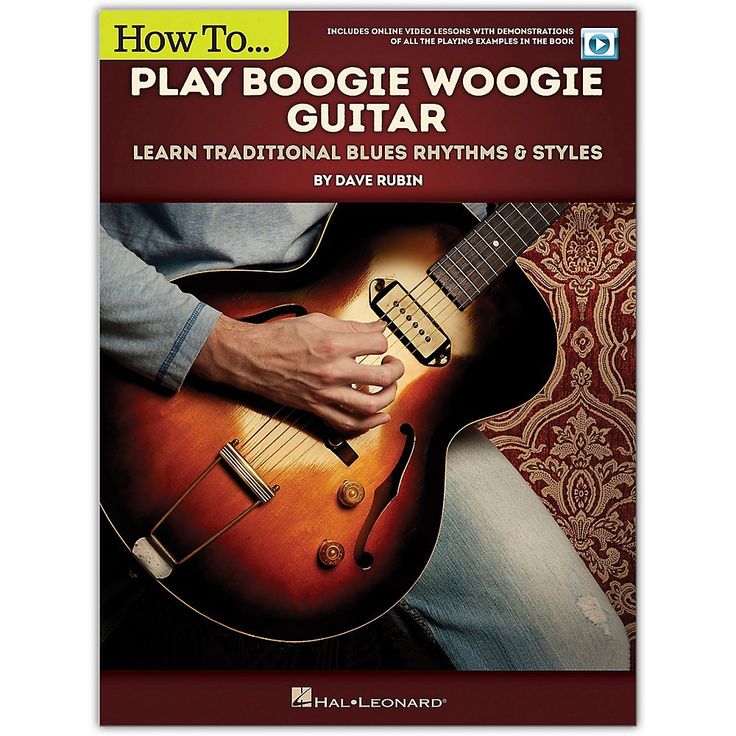 But as with all things, you have to start with the basics. And the basics are easy. Once you learn the fundamentals, you'll be swinging in no time. Always remember, wear comfortable shoes. Now let's go swinging.
But as with all things, you have to start with the basics. And the basics are easy. Once you learn the fundamentals, you'll be swinging in no time. Always remember, wear comfortable shoes. Now let's go swinging.
Basic steps (East Coast Swing)
Beginners usually start with East Coast Swing, because it is the easiest of all swing styles. Here we will show you the basic 6 count step for East Coast Swing.
East Coast Swing has a basic count of 1&2, 3&4, 5,6. It's known as a triple step swing. The basic pattern is triple step, triple step, and a rock step.
When you're starting out you can replace the triple step with a single step. In that case the pattern would be step, step, rock step or rock step, step, step, depending on how you start counting. The overall progression is, of course, the same.
The triple step is really not that difficult to master, it is performed in a chasse-like manner - side step, together, side step.
Instructions & Diagrams:
Basic Steps For Men: The man starts with his left foot.
- 1&2: Triple step (chasse) to the left (left-right-left)
- 3&4: Triple step to the right (right-left-right)
- 5: Step backward with your left foot
- 6: Weight shifts to your right foot
Basic Steps For Women: The woman starts with her right foot.
- 1&2: Triple step (chasse) to the right (right-left-right)
- 3&4: Triple step to the left (left-right-left)
- 5: Step backward with your right foot
- 6: Weight shifts to your left foot
Remember, keep the steps small.
Video
Leon and Kim will show you the basic steps, how to turn, and more:
more videos »
Now let's have some more fun, let's do some kicking:
Where to go next?
When you're ready for more fun, check out our recommended video lessons. Video is a great way to learn dancing.
Types of modern dances. Boogie Woogie dance.
LIFE IS BRIGHTER - WHEN YOU DANCE BOOGIE WOOGIE! Boogie woogie is a positive and drive, crazy music and dance energy!
Boogie Woogie is a European interpretation of Swing and, accordingly, differs from the Lindy Hop in its performance style, since it is more compact, restrained, and also geometrically correct.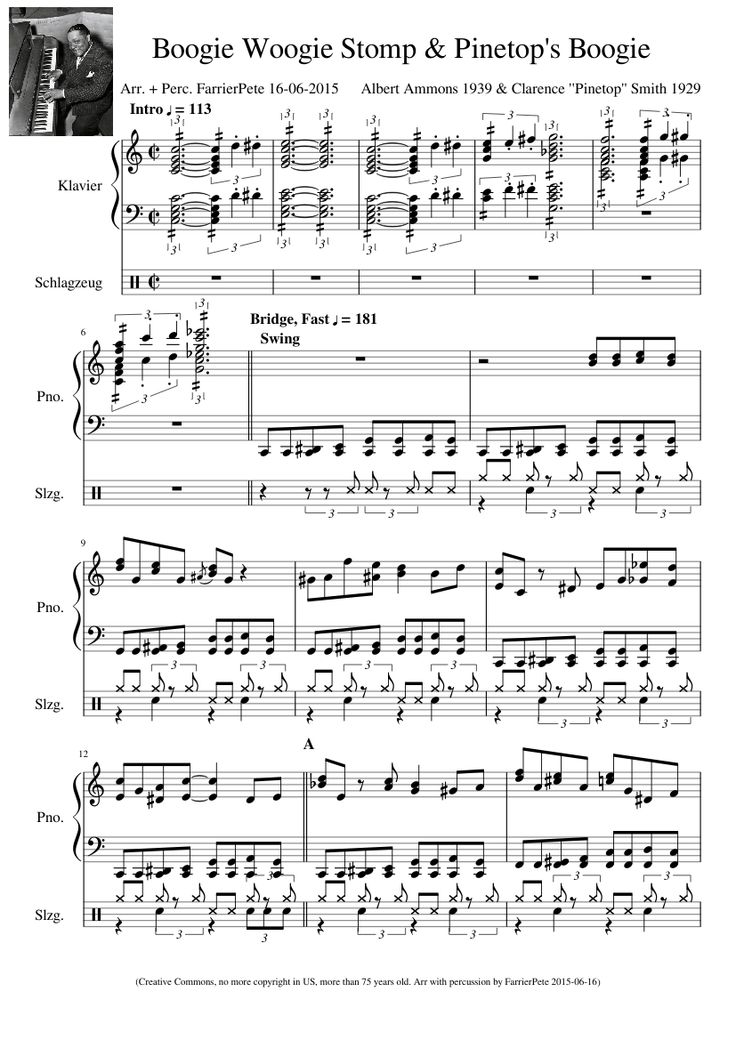 A feature of this dance was the ability of the dancer to show movements on relaxed, but at the same time elastic legs. This "drive in the legs" fascinated absolutely everyone.
A feature of this dance was the ability of the dancer to show movements on relaxed, but at the same time elastic legs. This "drive in the legs" fascinated absolutely everyone.
The main period in the development of boogie-woogie dance falls on the end of the forties - the beginning of the fifties . During World War II, American soldiers brought swing dancing to Europe. The Europeans reworked them, taking as a basis for the dance form, which we now call Boogie Woogie .
With the advent of the twist , boogie-woogie was temporarily forgotten by everyone, except for professional dancers - competitive forms-synonyms of boogie-woogie appeared in Europe - jiverock and acrobatic roll.
Boogie-woogie is now called the European version of swing dancing.
Boogie-woogie is a pair dance of free composition, performed at a moderately fast pace (4/4 time signature), characterized by a lack of order in dance movements; music style - jazz; originated in the 1920s based on the boogie-woogie piano.
Speaking of boogie-woogie, it is impossible not to remember the incomparable Elvis , whose chic « rubber feet "made more than one European woman tremble in her sleep, not to mention American women.
Currently Boogie-woogie is danced all over the world with slight stylistic differences: in clubs and in competitions, mainly to original music from the 40s - 50s - Boogie-woogie, rhythm'n' blues, rock and roll, twist.
World championships and cups in boogie-woogie and other international tournaments are regularly held.
Recently, this dance has changed somewhat, it is danced very rhythmically, but at the same time quite gracefully. The movements are performed on the entire foot, and the partners in the dance are somewhat distant from each other and are in a closed position.
Like a social dance boogie - woogie is an excellent means of communication between people. There are no strict memorized sequences of movements. The main thing is improvisation and interaction in pairs.
There are no strict memorized sequences of movements. The main thing is improvisation and interaction in pairs.
Boogie Woogie is a bright, incendiary dance for couples, with cheerful music and an appropriate mood. During its rather long history of existence, boogie-woogie dance has conquered a large number of people from different countries and different generations.
Despite the fact that the dance is many years old and, it would seem, its rush hour should have passed, but in every city you can easily find lovers and true connoisseurs of dance and jazz music who are looking for any opportunity to dance this wonderful fast and energetic dance.
By studying this unusual style, you will first of all learn how to improvise in dance, as well as be able to perform various interesting tricks and lifts.
Dance clubs and schools
Types of Modern Dancing types
You're viewing: do_dance_bugi-vugi.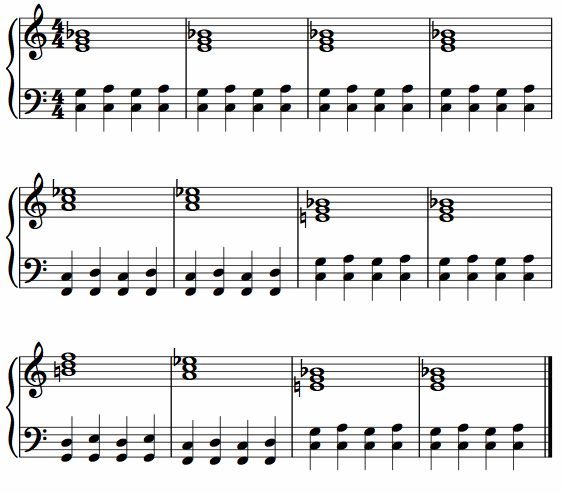 html
html
NewOldUsefulUseless
Page 1 of 1
Write a review
boogie woogie
boogieInformation about the development of boogie-woogie in the Russian Federation and the world
In Russia, the first regular group studying this dance appeared in Moscow in 1993.
The first competitions in Russia took place in 1994, in 1997 Russian couples took part in a friendly match in Finland for the first time, in 1999 - in the World Cup in Helsinki. From 19In 1999, more than 120 national competitions of various ranks took place in Russia.
Russia in 2007, 2010, 2011 held in Moscow first World Cups (WC) in boogie-woogie, and then in 2012, 2013, 2014 - Masters series tournaments (WM). The World Boogie Masters took place in Moscow on 24.10.15. At these competitions, a couple from Russia for the first time reached the finals of such a level of competition and took 5th place there.
Brief description of boogie-woogie
Boogie-woogie is a sport form of dance in which athletes compete in dance moves to music.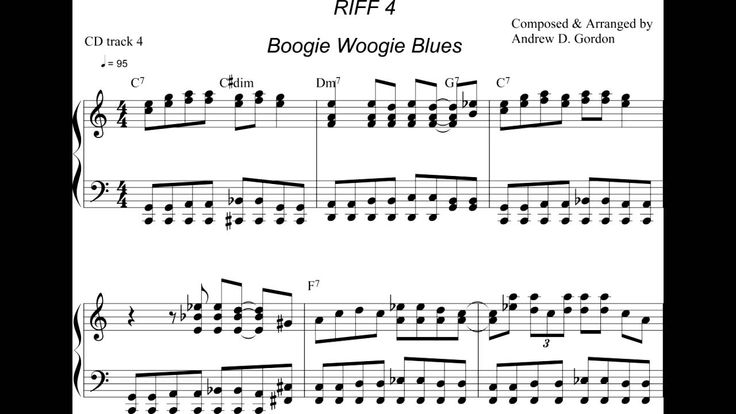 During the dance, choreographic and acrobatic elements are used.
During the dance, choreographic and acrobatic elements are used.
Boogie-woogie is danced in a pair consisting of a partner and a partner. They dance to the musical styles of boogie-woogie, rockabilly, blues, swing, rock and roll. It is characterized by the fact that the couple does not know in advance the music to which they will dance, so the dance is based on improvisation, the success of which is evaluated by the judges along with the dance technique, dance figures and the presentation of the dancers. The task of the dancers is to insert the pre-worked out choreography as successfully as possible into the music that they got.
Boogie-woogie competition includes 2 programs: slow and fast dance. The slow one is performed in evening attire, the fast one is performed in costumes that match the style. Slow dance tempo 120bpm, fast dance 200bpm.
Slow
Fast
Domestic competitions are held in the following categories: Juniors (under 18), adults: C, B and M class, seniors (category over 45). At the international level: juniors, M class and seniors.
At the international level: juniors, M class and seniors.
Time and place where boogie-woogie originated
Boogie-woogie dance originated in Europe in the 1940s as a European interpretation of American swing. The first boogie-woogie competition was held in 1978 in Munich, Germany. Then the popularity of this dance as a competitive dance began to grow. Boogie-woogie has spread to other European countries: France, Belgium, Sweden, Italy, Hungary, Finland, Norway, Poland, Bulgaria, Slovenia, Greece, Turkey, etc. Almost from the first boogie-woogie competitions, World and European Championships, Cups World, and then World Masters - rating competitions.
Number of people practicing boogie-woogie in the Russian Federation
Currently in Russia boogie-woogie is danced, taught, held competitions, master classes, festivals and other events in Moscow, St. Petersburg, Tula, Nizhny Novgorod, Yaroslavl, Yekaterinburg, Cheboksary, Kazan, Chelyabinsk, Sochi, Novosibirsk and other cities more than 7,000 people.
Interest in this type of dance is growing - the number of dancers and competitors is growing, the number of coaches, clubs and dance studios developing this style of dance is increasing.
Number of boogie-woogie competitions in Russia
Since the first boogie-woogie competitions in 1994, more than 170 inter-regional competitions have taken place in the Russian Federation.
Your browser does not support HTML5 video. Download in HD
Differences from other sports
Boogie-woogie is considered to be an "artistic form of dance" - it requires the dancer to have such qualities that are characteristic of most sports. To perform boogie-woogie you need:
-
Physical strength
The competition program necessarily includes acrobatic figures and lifts, the performance of which requires good physical preparation from the athletes.
-
Musicality
All Boogie-Woogie competitors must demonstrate an understanding of musical structure, rhythm, beat, small and large musicality.

-
Flexibility and coordination
These qualities are essential for drawing figures and lines. Multiple rotations, splits and half splits are always present in the dancers' programs.
-
Discipline and team spirit
Boogie-woogie is a team sport. A team can be one couple. A team can consist of 12 members (6 couples) in formation competitions. The requirements for the discipline of 12 people performing synchronously complex figures, and at the same time constantly coordinating their position on the floor relative to other team members, are much higher compared to other sports.
-
Endurance
Boogie-woogie competitions are held in several rounds - from preliminary to semi-final and final. In each round, dancers must perform a dance with a duration of 1 min 30 and a speed of 200 to 208 bpm.
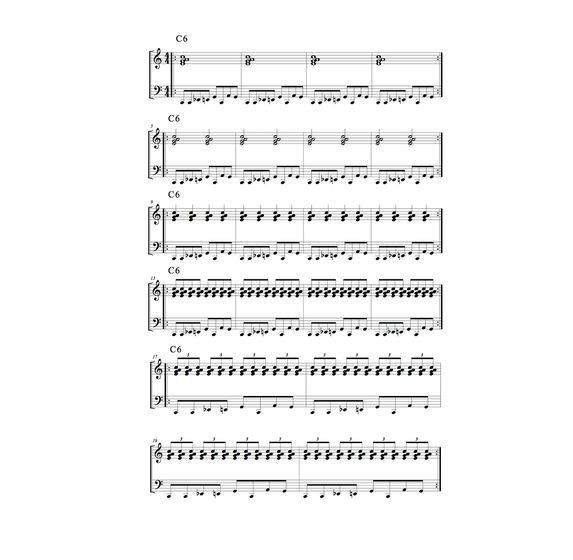 A 1996 study found that the degree of muscle tension and breathing rate of dancers who performed one dance was similar to that of cyclists, swimmers, and sprinters (over the same time period).
A 1996 study found that the degree of muscle tension and breathing rate of dancers who performed one dance was similar to that of cyclists, swimmers, and sprinters (over the same time period). -
Grace and style
Like ice dancing and rhythmic gymnastics, in boogie-woogie an important component of success is the smooth movement and attractive appearance of the couple. However, unlike most other sports, boogie-woogie dance has features that make it not only a sport, but also an art.
Boogie-woogie training is very important:
- develops strength and flexibility;
- contributes to the development of grace, elegance, freedom of movement;
- improves physique, makes a person slim and fit;
- improves physical performance;
- creates a feeling of physical and mental relaxation;
- allows you to improve more successfully in other sports;
- improves coordination of movements;
- enriches knowledge about sports and sports recreation;
- develops a sense of rhythm;
- instills the quality of composure
Differences between boogie-woogie and sports disciplines of acrobatic rock and roll
| Feature | Boogie Woogie | M class - mixed |
|---|---|---|
| Prepared competitive dance program | ||
| Pre-cut individual choreographic elements | ||
| Prepared individual dance pieces | ||
| Prefabricated individual acrobatic elements | ||
| The final has its own phonogram | ||
| Judges know in advance the acrobatic elements of the athletes' program | ||
| The pace of the dance program with acrobatic elements in the final | 50-52 cycles/min | 48-49 cycles/min |
| Tempo of the dance program in the final | 27-30 cycles/min | 50-52 cycles/min |
| Basic (basic) dance move | is based on the syncopated step (movements to the downbeat of the music) | movements to the strong beat of music |
| Mandatory presence in the dance of special dance elements | ||
| Compulsory presence of special acrobatic elements in the dance | ||
| Using original figures that no other dancer performs | ||
| Interpretation of music in dance/ spontaneous improvisation | ||
| Mandatory compliance of the dance style with the music |
Prospects for the development of boogie-woogie in the Russian Federation
Thanks to the long history of the development of boogie-woogie, he brought up a cadre of highly professional trainers.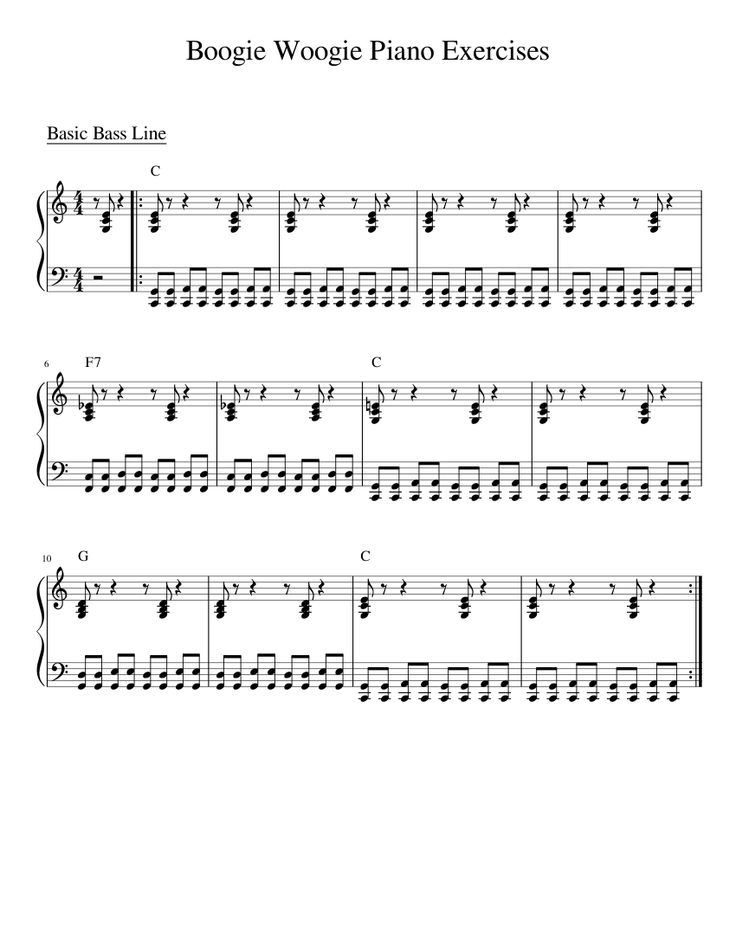 By itself, boogie-woogie is available to almost everyone. Boogie-woogie requires a minimum of funds, and its popularity is growing from year to year. Therefore, we can say with confidence that with a rational approach to the development of this dance, we will have not only a large number of enthusiasts involved in this sport, but also couples competing in their skills with the world's strongest dancers.
By itself, boogie-woogie is available to almost everyone. Boogie-woogie requires a minimum of funds, and its popularity is growing from year to year. Therefore, we can say with confidence that with a rational approach to the development of this dance, we will have not only a large number of enthusiasts involved in this sport, but also couples competing in their skills with the world's strongest dancers.
Rules
Since 2016, Russian boogie-woogie has switched to the new WRRC competition rules, the translation of which has been published. Currently, work is underway on the revision of the Russian Rules corresponding to the new realities.
Download Rules
FTSARR International Boogie Woogie Judges
- Zoryana Kalashnik
- Solovieva Anna
- Salakhutdinova Evgenia
- Averyanova Natalia
List of phonograms for the age category "boys and girls"
In accordance with the rules, the tempo of musical accompaniment is 42-44 beats per minute.